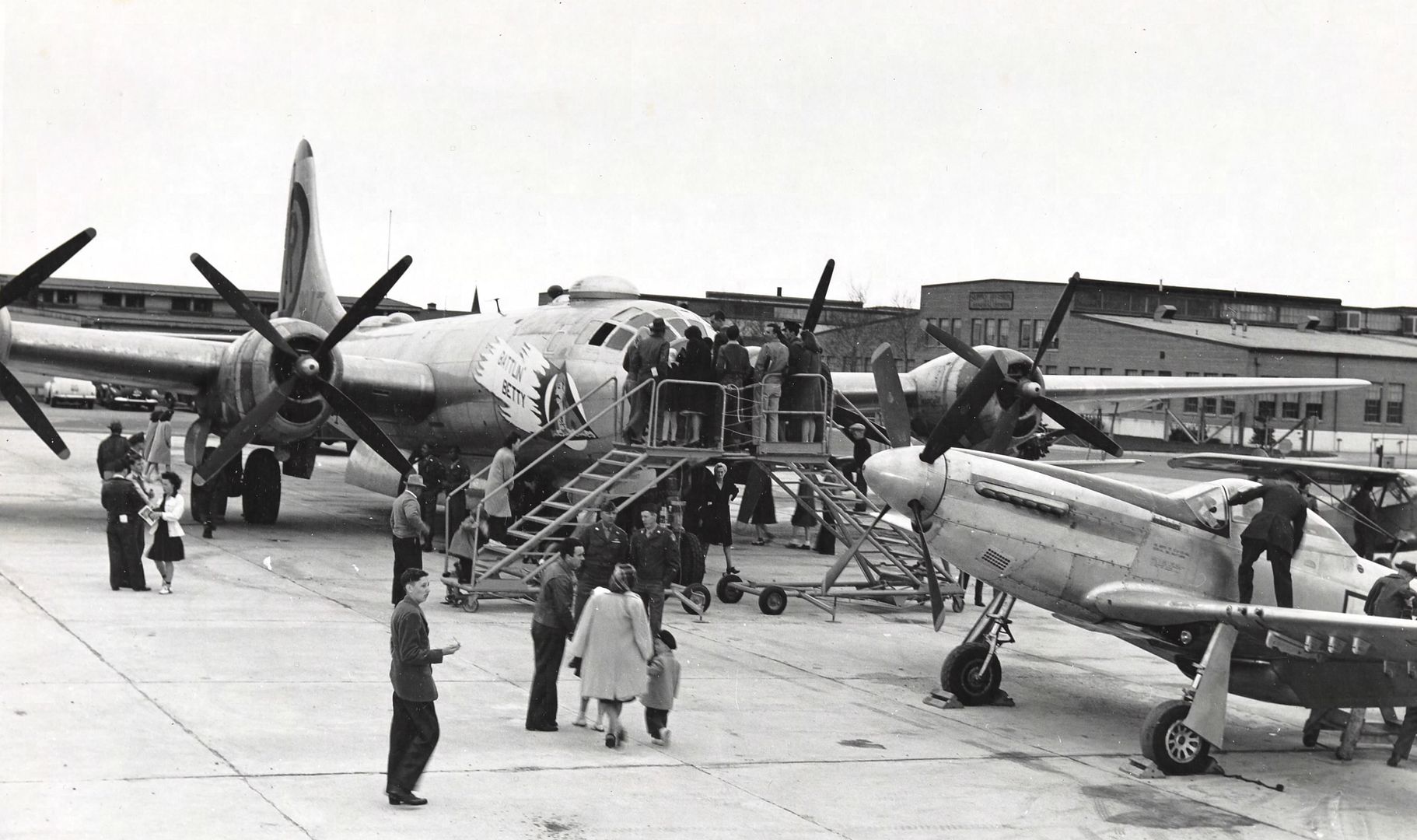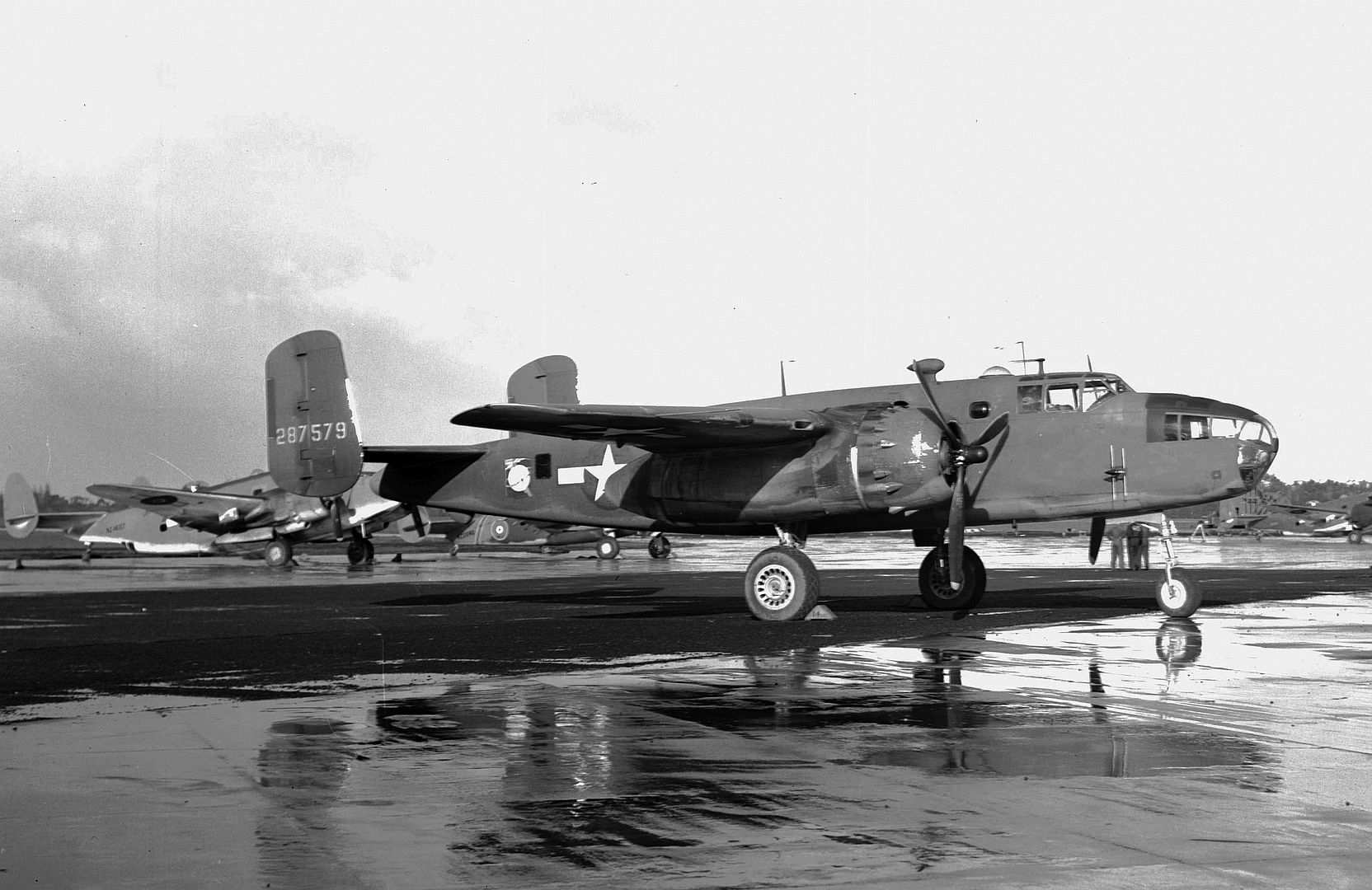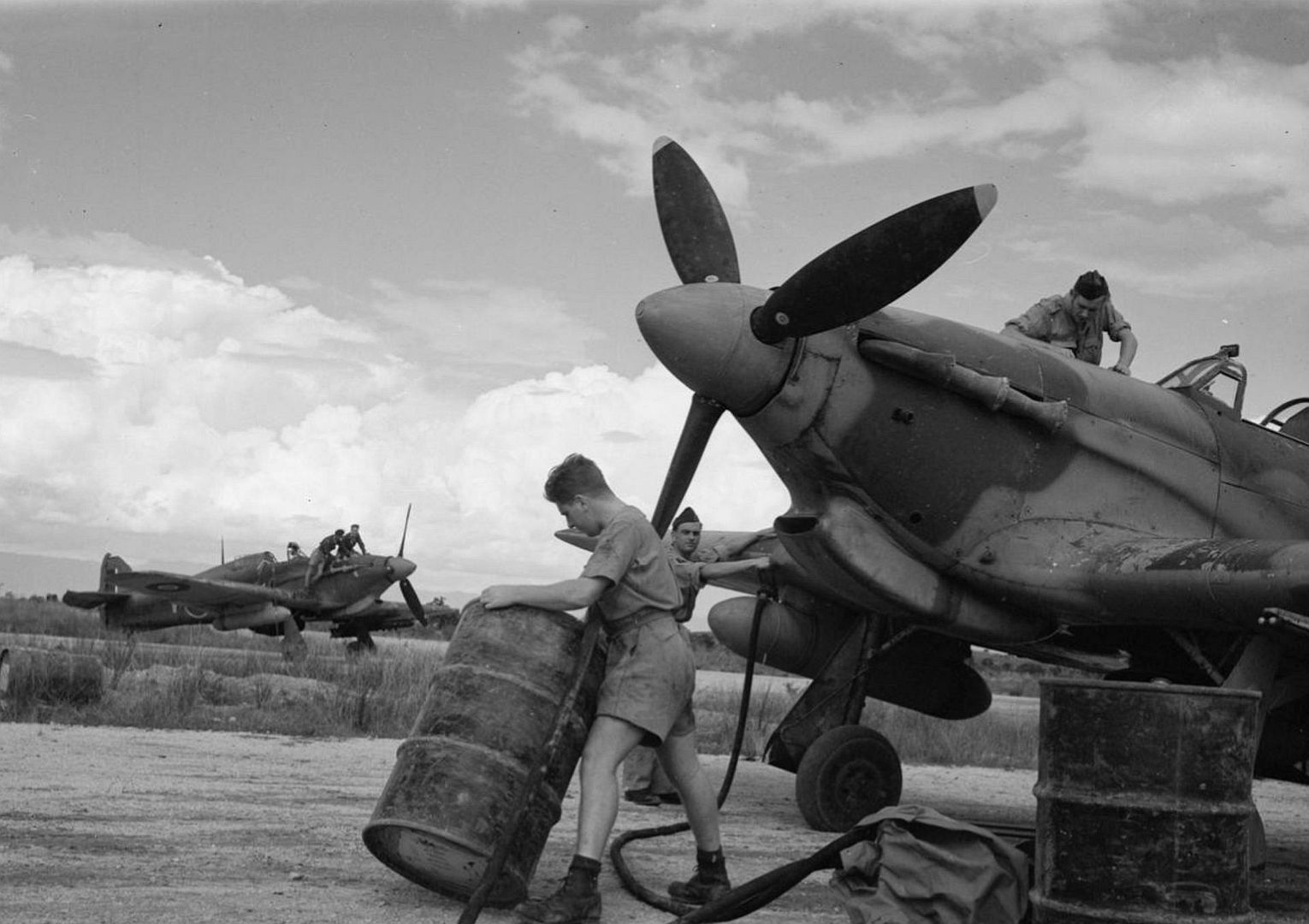Forums
- Forums
- Axis And Allies Forum
- General Discussion
- Photo of the week
Photo of the week
Post a reply
- Go to Previous topic
- Go to Next topic
- Go to Welcome
- Go to Introduce Yourself
- Go to General Discussion
- Go to Screenshots, Images and Videos
- Go to Off topic
- Go to Works in Progress
- Go to Skinning Tips / Tutorials
- Go to Skin Requests
- Go to IJAAF Library
- Go to Luftwaffe Library
- Go to RAF Library
- Go to USAAF / USN Library
- Go to Misc Library
- Go to The Ops Room
- Go to Made in Germany
- Go to Campaigns and Missions
- Go to Works in Progress
- Go to Juri's Air-Raid Shelter
- Go to Campaigns and Missions
- Go to Works in Progress
- Go to Skinpacks
- Go to External Projects Discussion
- Go to Books & Resources
-
 Main Admin
Main Admin -
 Main Admin
Main Admin -
 Main Admin
Main Admin -
 Main Admin
Main Admin -
 Main Admin
Main Admin -
 Main AdminThis midweeks photo.
Main AdminThis midweeks photo.
Mitsubishi A6M3 Model 32 Zero (Hybrid) Tail Code XJ00 / EB-201.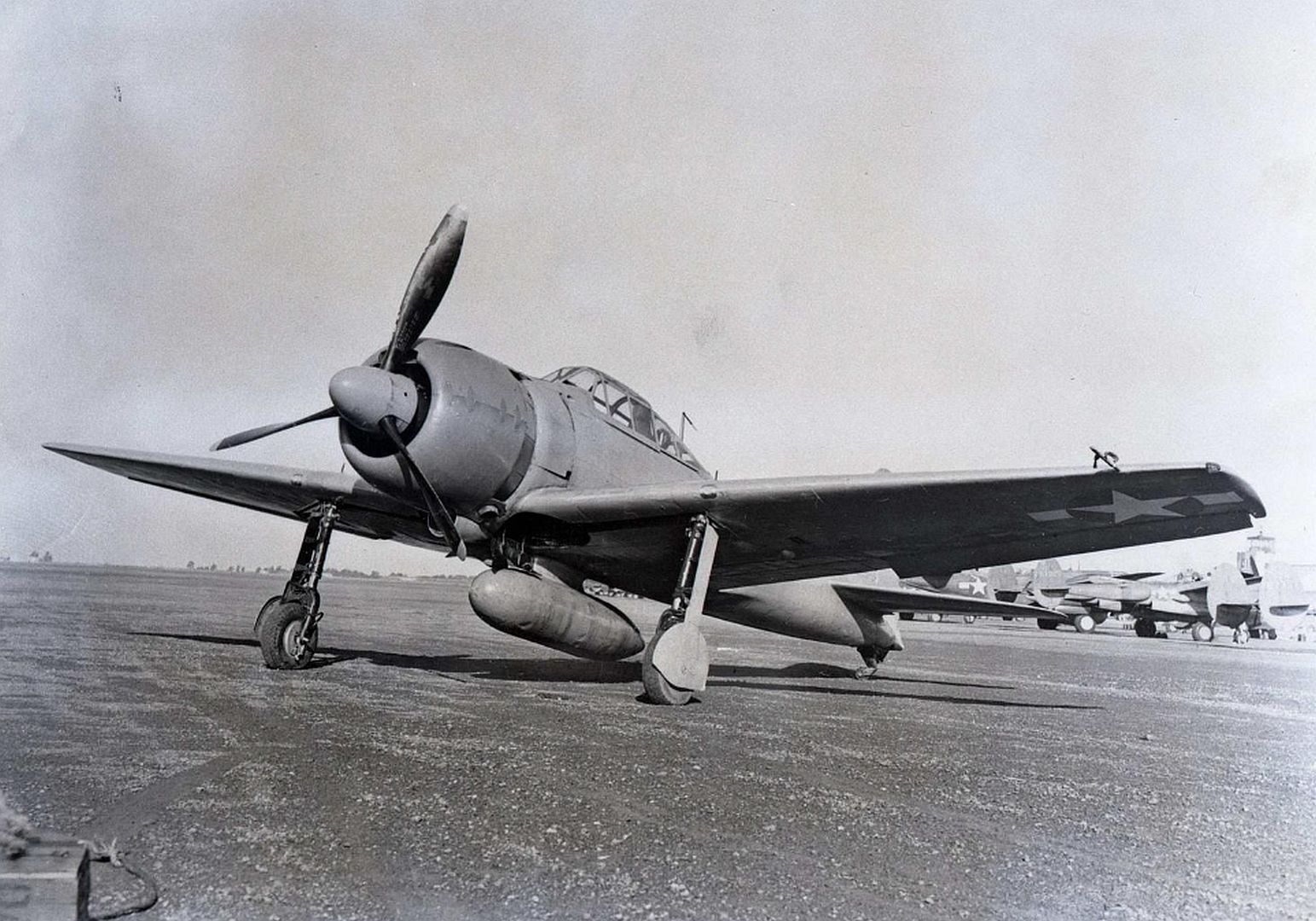
This aircraft was a hybrid assembled by Allied personnel from the wreckage of at least three Zeros captured at Buna Airfield during late December 1942 to early January 1943. The captured Zeros were loaded aboard a barge and shipped to Brisbane then transported to Eagle Farm Field.
At Eagle Farm Airfield, this A6M3 Zero Model 32 was reconstructed as a hybrid built from the parts of at least three Zeros recovered from Buna Airfield including: the engine from A6M3 Zero 3028, the main fuselage and wings from A6M3 Zero 3030 and the rear fuselage and other components from A6M3 Zero 3032. Additional parts were used from other Zero wreckage captured at Buna Airfield. At least one external drop tank was repaired and available for testing purposes.
Later, this aircraft was disassembled and shipped to the United States for further testing by the U.S. Army Air Force (USAAF) at Wright Field and later Eglin Field. In the United States tail code EB-201 was painted on black on both sides of the tail.
The ultimate fate of this Zero is unknown. Likely scrapped or otherwise disappeared at the end of the war or after testing was completed. -
 Main AdminThis weekends photo.
Main AdminThis weekends photo.
A nice study of B-17E prototype 41-9055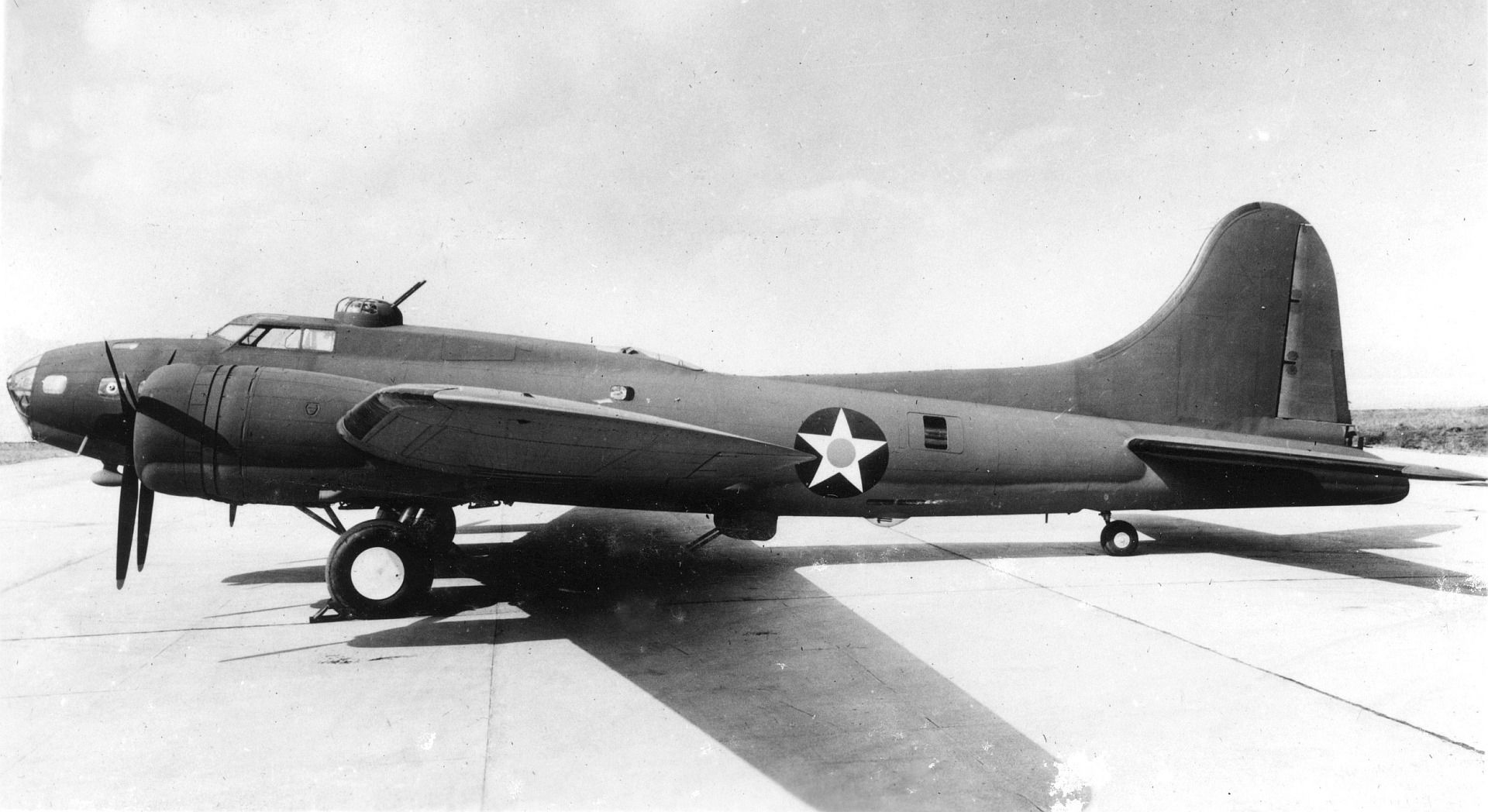
Note the power-operated belly turret, This turret was remotely-controlled by a system of mirror periscopic sights from a Plexiglas bubble below the waist hatches.
The periscope sight for the remotely-controlled dorsal turret proved difficult to use in practice, and starting with the 113th B-17E, the remotely-controlled turret was replaced by a Sperry ball turret, inside of which a gunner sat all curled up in the foetal position, swiveling the entire turret as he aimed the two guns. With his left eye peering through a sight, he controlled the movement of the guns by hand and foot pedals. There was precious little space inside the turret--ball turret gunners had to be very small men.
-
 Main AdminThis weekends extra.
Main AdminThis weekends extra.
Air Marshall William Avery Bishop poses in front of Supermarine Spitfire F Mk. IIA, RCAF Serial No. L1090.Shipped to the USA onboard the Sealand, 29 Aug 1939, flown to USAAC Wright Field, Dayton, Ohio. Transferred to No. 1 Testing Centre, RCAF, Canada, May 1940. Used for evaluation of early anti-g suits. Returned to the UK, 1 Aug 1940, to 3201 M, No. 14 School of Technical Training.
-
 Main AdminThis midweeks photos.
Main AdminThis midweeks photos.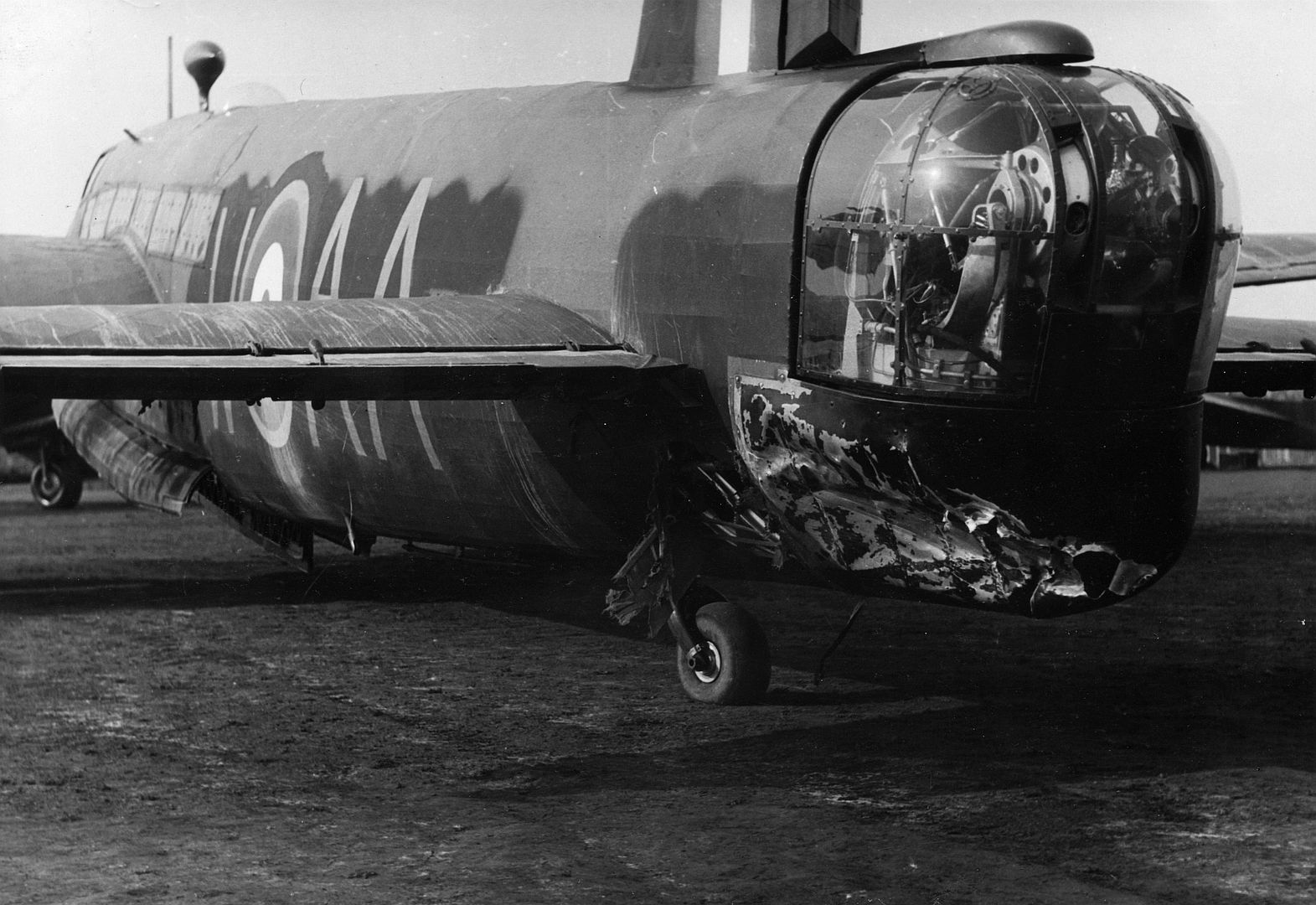
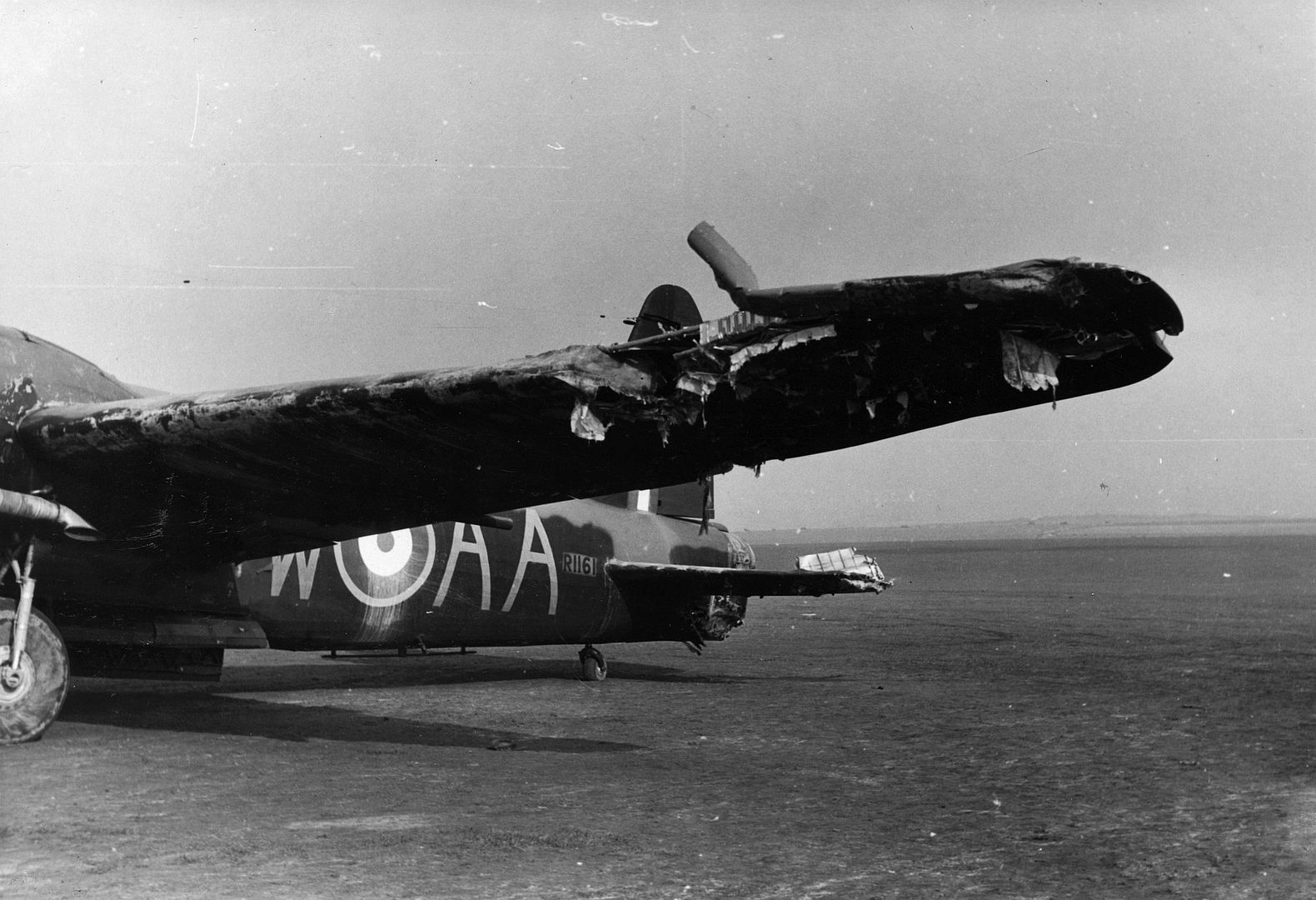
Photos from the David Leatham Prichard log book.
Rear turret of No. 75 Squadron Wellington R1161, AA-W, at RAF Station Boscombe Down showing damage after a mid-air collision on the previous night.
DL Prichard's log book entry records: "War Operations. Attacked Gneisenau and Scharnhorst berthed at Brest. Results not observed. 5x 500, 1x 250. Rear Gunner shot down Me110 bearing 027 [degrees] Brest 68 miles. Collided with another a/c (Blenheim) 1m. S. of Bridport. Forced landed at Boscombe Down. Damage fairly severe, nobody injured. Port wing, elevators and tail plane and rear turret damaged."
The Rear Gunner, Flying Officer William Davenport Brown, was awarded a DFC for this action.
The crew of this aircraft were: Flying Officer DL Prichard (Pilot), Pilot Officer Rees (Second Pilot), Pilot Officer Struthers (Navigator), Sergeant Clarke (Wireless Operator), Sergeant Errington (Front Gunner), Flying Officer WD Brown (Rear Gunner). -
4 days agoFri Nov 08 2024, 07:26pmDuggy
 Main AdminThis weekends photos.
Main AdminThis weekends photos.
Me 410 'Hornisse' Werk Nr 10018 was originally a Me 410A-2 bomber destroyer version built by Messerschmitt at their Augsburg, Germany factory and initially coded SI+KZ. Later it was fitted with an Umrüstsätz (conversion kit) and converted to a Me 410 A-2/U1 photo-reconnaissance aircraft and coded F6+WK it was used by the photo-reconnaissance group 2 (Fernaufklärung)/122 flying from Sardinian and other Mediterranian bases. The aircraft found in undamaged condition at Trapani, Sicily in August 1943, its capture being recorded in RAF AI.2(g) Intelligence Report No. 204 of 12 August. It was handed over to the USAAF and coded EB-103 when it was shipped to the USA in 1944 for evaluation. In the USA the aircraft was allotted the Foreign Equipment code FE-499, which later changed to T2-499. In 1946 it was transferred to Park Ridge, Illinois and in 1950 it was presented to the National Air and Space Museum and stored at its facility in Silver Hill, Maryland. Presently it is in storage at the Paul E. Garber Facility.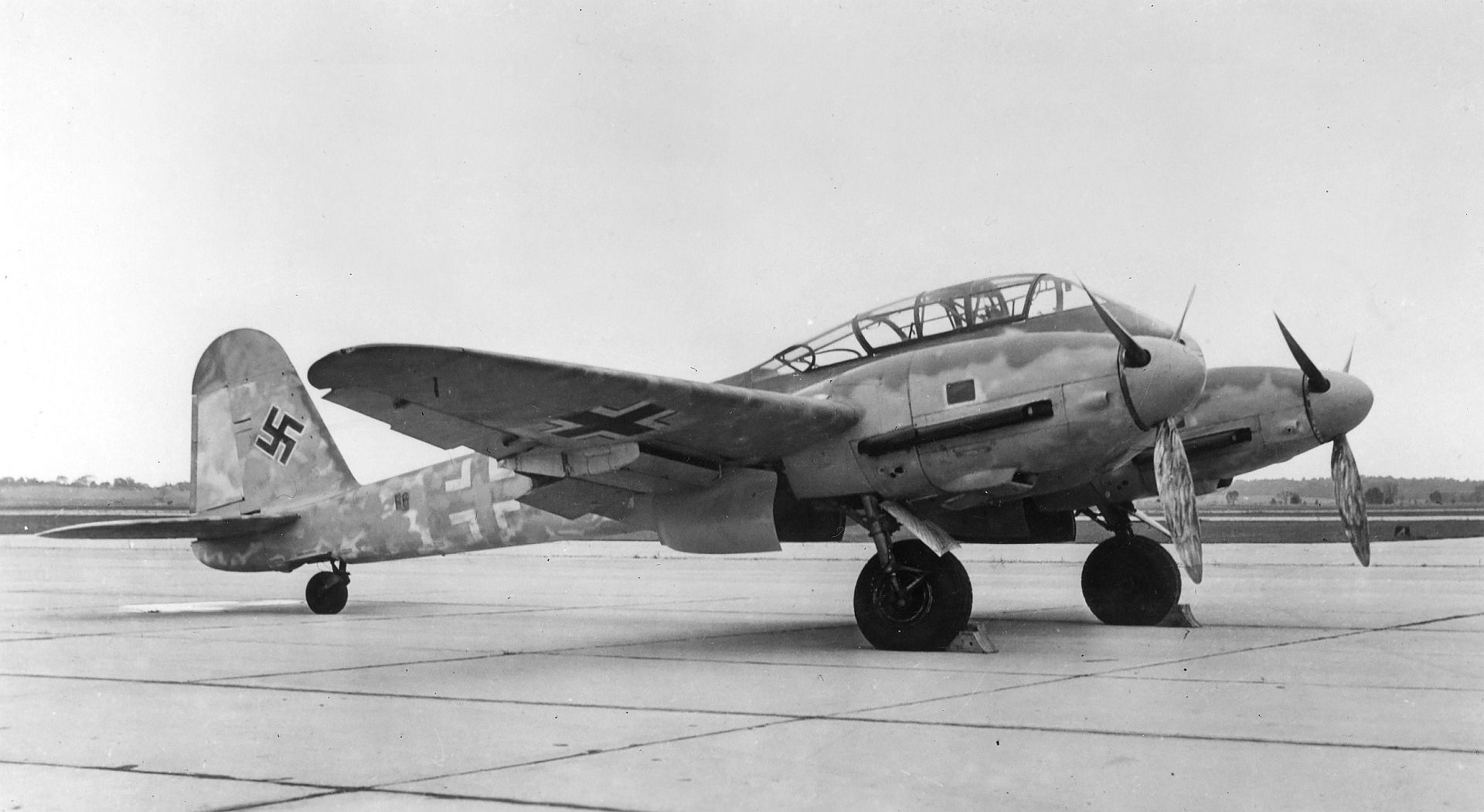


Post a reply
- Go to Previous topic
- Go to Next topic
- Go to Welcome
- Go to Introduce Yourself
- Go to General Discussion
- Go to Screenshots, Images and Videos
- Go to Off topic
- Go to Works in Progress
- Go to Skinning Tips / Tutorials
- Go to Skin Requests
- Go to IJAAF Library
- Go to Luftwaffe Library
- Go to RAF Library
- Go to USAAF / USN Library
- Go to Misc Library
- Go to The Ops Room
- Go to Made in Germany
- Go to Campaigns and Missions
- Go to Works in Progress
- Go to Juri's Air-Raid Shelter
- Go to Campaigns and Missions
- Go to Works in Progress
- Go to Skinpacks
- Go to External Projects Discussion
- Go to Books & Resources
